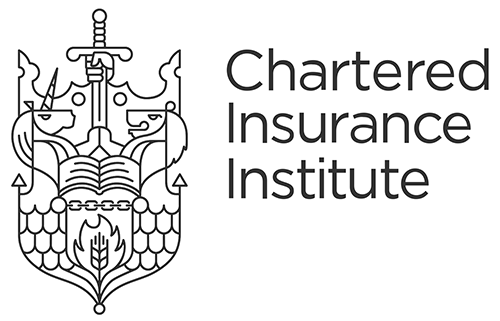

HR practitioners, Operation and Office managers with HR responsibilities, Heads of department
Guidance on using the Professional Map to identify development needs
Competency-based development programmes help target investment where it will have the most impact on business outcomes
During the performance management cycle
Accurately identifying what and who needs to be developed is at the core of any effective development programme, to ensure investment in learning is supporting both business goals and the individual’s professional development.
Using a competency-based approach to identifying development needs can help minimise the risk of targeting the wrong skill-sets and the wrong people. This help sheet focuses on how to use the Professional Map to inform a competency-based approach to training needs analysis (TNA) as the basis for designing a development programme.
Competency based training needs analysis is the process of identifying the learning and development gaps between current competencies and the competencies required by the organisation to deliver the business objectives.
Ensure you have both a solid grasp of the business plan and clear deliverables for your team.
The Professional Map is structured into 4 bands of experience, each describing the different level of impact professionals have in the work they do. Learn more >>
Consider which of the four bands each role most closely aligns to. Read the Behaviours, Enablers, and Technical Expertise (where relevant) at the assigned bands and identify the critical competencies required for each role to deliver to the business and team objectives, as the basis for the analysis. Explore also whether there are standards within other bands that would also be critical, as roles will not always fall perfectly within a specific band.
Establish where each member of the team stands competency-wise. You can start by asking them to take a self-assessment, for example:
Combine the result of the self-assessments with any other evidence you have collected throughout the performance management cycle, such as notes from one-to-ones and appraisals. Use the data to document the strengths and development areas of each member of the team.
Establish the critical competencies that are required to deliver your business short and long-term goals, by comparing the Professional Map competency standards with the objectives outlined in the Business Plan.
For example, if there were plans to expand into a new area of business for which your team is responsible for, you would need to identify the relevant competency standards required to be successful in that area.
In step 2 you will have documented the strengths and development areas of each member of your team, and in step 3 the critical competency standards the business requires. Compare both outputs to identify the competency gaps the business will need to develop to deliver its strategy.
Not all development is strictly driven by the business plan; you may also consider the development ambitions of your team.
Now that you have identified the competency gaps of your team, you are in a position to design a learning plan with confidence that you are targeting the areas and people that will reap the most benefit.
Explore the technical expertise and behaviours at the core of what it means to be a well-rounded professional.
Find the learning you need to meet the development goals of your teams.
Everything you need to know about the Professional Map and how it applies to you and your firm.